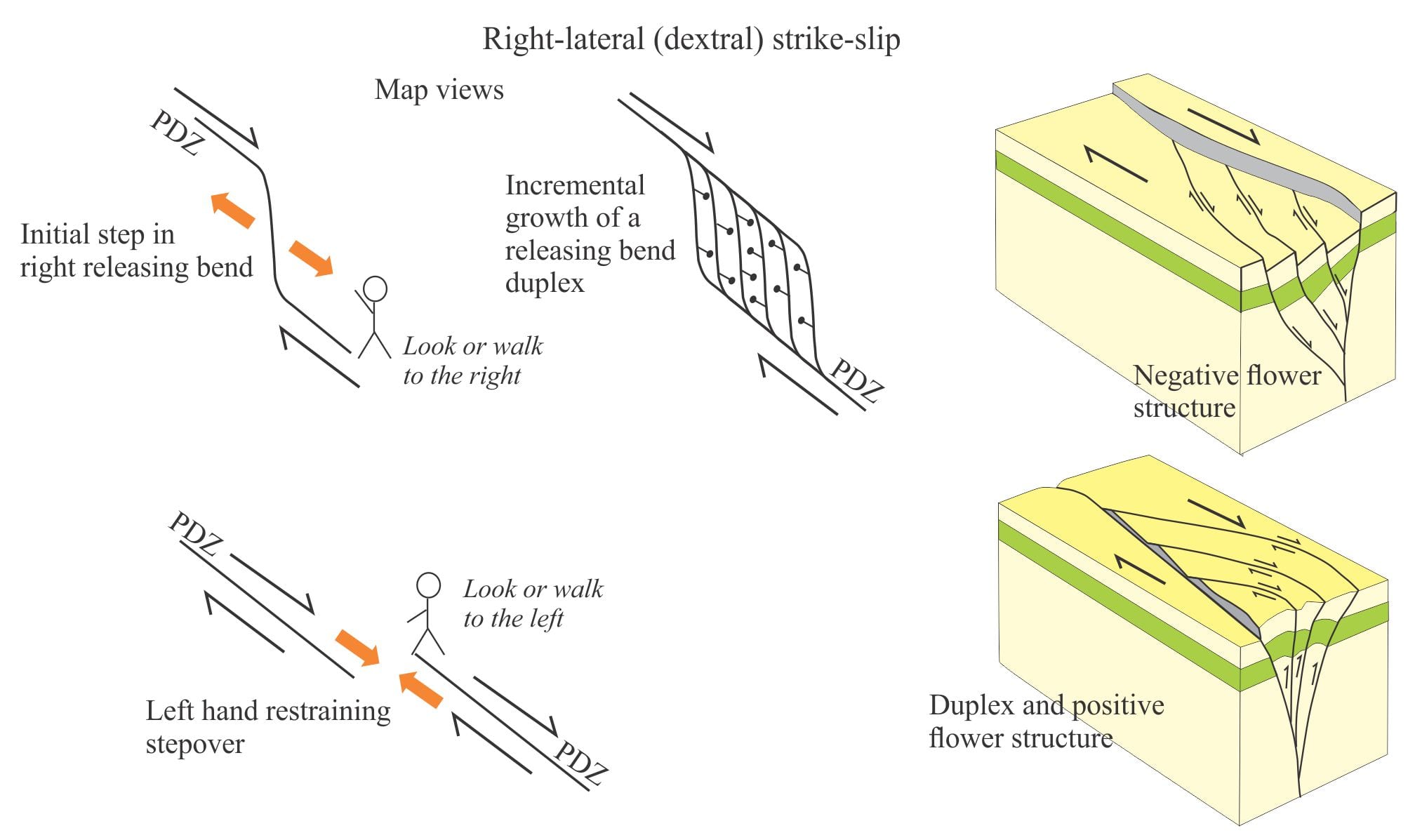
This under-recognition results both from poor understanding of strike-slip kinematics and from deeper prejudices about the way in which orogenic belts form. They commonly lie at 60☇5° in map view from the maximum compressive stress ( 1) direction.
:max_bytes(150000):strip_icc()/GettyImages-96168942-56c964f33df78cfb378dafa5.jpg)
Strike-slip faulting in general is less commonly recognized in ancient orogenic belts than its abundance in present plate-boundary orogens requires. Abstract V-shaped conjugate strike-slip faults occur widely on Earth, Venus, and Mars in the solar system. Boundary transforms and indent-linked faults often re-use old lineaments, but trench-linked strike-slip faulting is an effective method of forming new lineaments in continental crust. The best-studied strike-slip fault is the San Andreas Fault in California. Ridge transforms have a low preservation potential in continents. The motion of the plates at a transform boundary has given this type of fault another name a strike-slip fault. Plate-boundary related strike-slip faults form major lineaments at the present day. Discrimination of the four types should be possible in ancient orogenic belts, but is complicated by the common reactivation of the strike-slip zones in other roles. Four main types of plate-boundary related strike-slip faults are distinguished: ridge transforms, boundary transforms, trench-linked strike-slip faults and indent-linked strike-slip faults. Splay faults form at the tips of the R shears and curve toward parallelism with the extension fractures so that an R shear will be a strike-slip fault in the. Accommodation of the oblique motion usually involves strike-slip faulting, but the kinematic role of these faults differs at divergent and convergent boundaries. A significant proportion (14% ) have vectors that are nearly ( ± 22°) parallel to the boundary. In the western Guchengxu High, two sets of left-lateral strike-slip faults that abut or crosscut each other produce X-shaped intersections ( Fig.

A new analysis shows that most (59 %) plate boundaries have a relative velocity vector that is markedly oblique (greater than 22°) to the boundary normal. The strike-slip fault network comprising primarily two sets of NNE- and ENE-oriented strike-slip faults (oriented at about 26, respectively) occurs in the Guchengxu High.


 0 kommentar(er)
0 kommentar(er)
